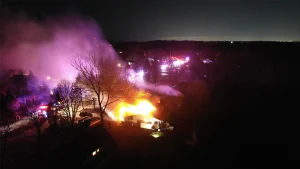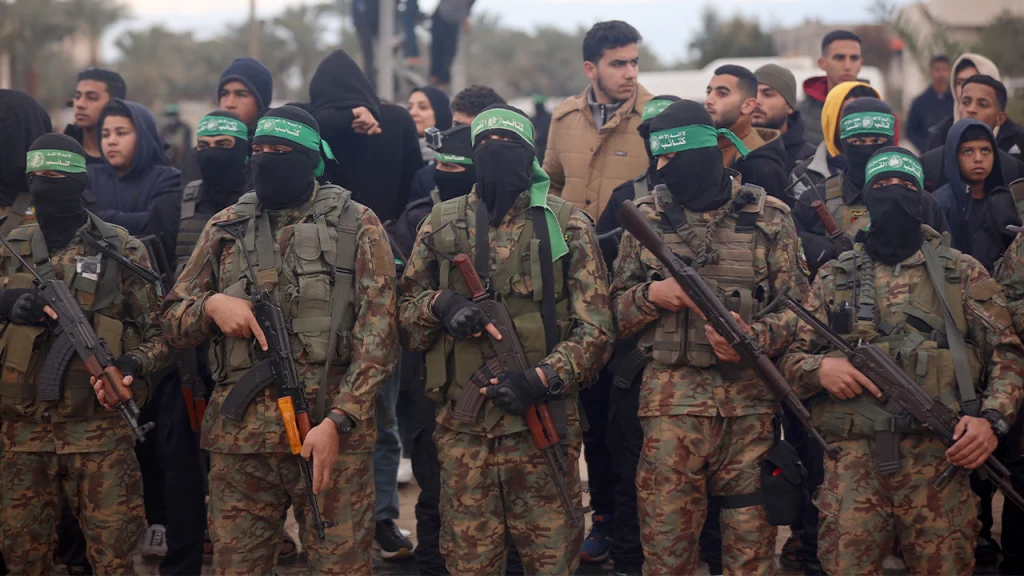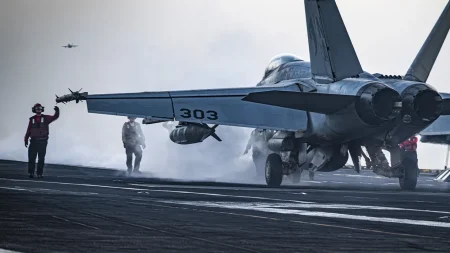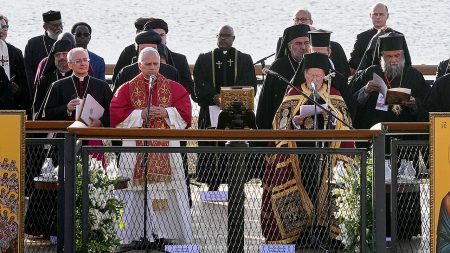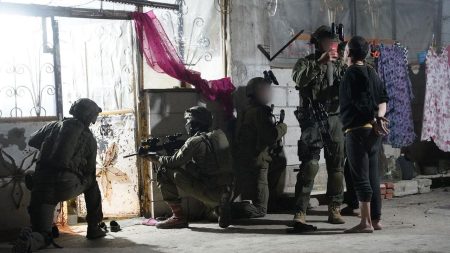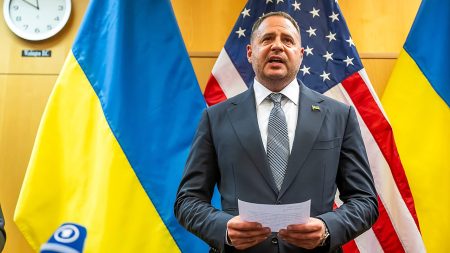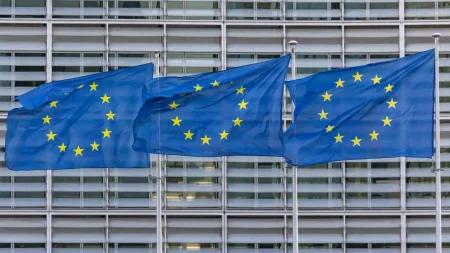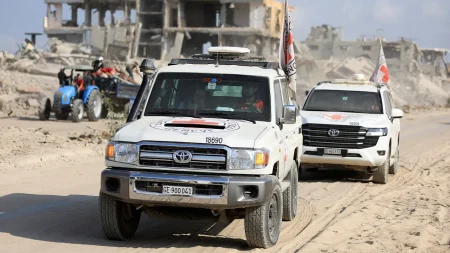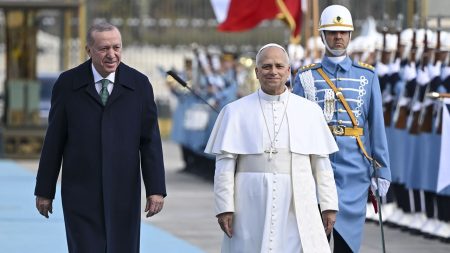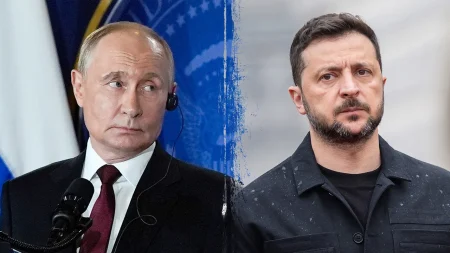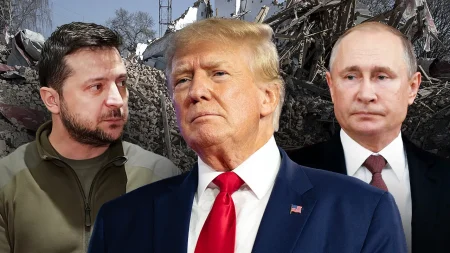Gaza in Turmoil: Deadly Clashes Erupt Amid Hostage Release Plans
In the shadow of anticipated hostage releases in Gaza, deadly violence erupted Sunday between Hamas militants and the Doghmush clan, resulting in dozens of casualties. This internal Palestinian conflict unfolded just hours before Prime Minister Benjamin Netanyahu’s televised address, in which he described the forthcoming hostage release as “the beginning of a new path.” The fighting represents a disturbing twist in the ongoing Gaza crisis, highlighting the complex web of allegiances and power struggles that continue to plague the region even during attempts at de-escalation.
Eyewitnesses described scenes of panic as gunfire sent families fleeing – not from Israeli attacks, but from conflicts between Palestinian factions. “This time people weren’t fleeing Israeli attacks. They were running from their own people,” one witness told the BBC. The violence reportedly began when Hamas forces raided the Sabra neighborhood in Gaza City, home to the Doghmush clan (also known as the Al Doghmush family militia). The confrontation quickly escalated into deadly violence, with Hamas’s Interior Ministry accusing the militia of attacking its forces, while members of the Doghmush clan claimed Hamas was targeting them over alleged cooperation with Israel. The human cost was captured in desperate pleas from clan members: “Children are screaming and dying, they are burning our houses,” and “We are trapped… There is a massacre here.”
The toll of this internal fighting was severe, with reports indicating 52 members of the Doghmush clan and 12 Hamas militants killed in the clashes. Among the reported casualties was blogger Salah al-Ja’farawi, who had allegedly celebrated the October 7 attacks online. Hamas’s television channel claimed the blogger was shot dead by “armed gangs operating outside the law” while covering the confrontation. Additionally, the son of senior Hamas official Basem Naim was reportedly among those killed, adding another layer of complexity to the situation. A senior clan member expressed dismay at the bloodshed, stating, “We still say – you must not shed Muslim blood by a Muslim,” highlighting the religious and ethical dimensions of the conflict that go beyond political differences.
In an apparent attempt to regain control of the situation, Hamas’s Interior and National Security Ministry announced a “clemency framework” offering militia members and criminals not involved in bloodshed the opportunity to surrender by the following Sunday. Those failing to comply were warned they would be “punished severely.” This move suggests Hamas is concerned about maintaining its grip on power within Gaza amid the ongoing conflict with Israel. Adding to the political complexity, three anti-Hamas militias publicly declared their support for President Trump’s peace proposal, explicitly rejecting Hamas’s authority in the Gaza Strip – a significant development that points to fracturing support for Hamas within Palestinian society.
Amidst this internal Palestinian turmoil, the planned release of hostages continued to move forward. Israel announced that Hamas was expected to release 20 living hostages to the Red Cross by 5 a.m. Eastern (noon in Gaza) on Monday. The detailed logistics involved transporting the hostages in six to eight vehicles under Red Cross supervision, to be handed over to Israeli forces inside Gaza and then driven to southern Israel for reunions with their families. This process represents a glimmer of hope in an otherwise bleak situation, though Prime Minister Netanyahu cautioned that “the campaign is not over. There are still very great security challenges ahead of us,” suggesting that any pause in hostilities might be temporary.
The juxtaposition of these events – deadly internal Palestinian fighting occurring simultaneously with preparations for hostage releases – illustrates the multilayered nature of the Gaza conflict. What began as a war between Israel and Hamas has evolved to expose internal Palestinian power struggles, with civilians caught in the crossfire from multiple directions. As Netanyahu described the hostage release as the beginning of a “new path,” the deadly clashes within Gaza raise questions about what that path might look like, and whether lasting peace is possible in a region where violence comes not just from external enemies but also from within communities. The declarations of support for Trump’s peace proposal by anti-Hamas militias further complicate the political landscape, suggesting potential realignments in Gaza that could impact future peace efforts in unpredictable ways.

